Locust attack in india
In Rajasthan, 16 districts are affected, in UP 17 and
Madhya Pradesh has reported one of the worst attacks in 27 years. The swarms could make headway to the Rajasthan-Haryana border and then enter to Delhi. Four teams of the central government and teams of state agricultural development are using chemical sprays with the help of tractors and fire-brigade vehicles to keep the locusts at bay.
It is the biggest locust attack in the state in 27 years and is likely to grow till monsoon season, officials said.The pests entered through Neemuch district in the state, subsequently travelled to parts of Malwa Nimar and are now close to Bhopal.
also read : Corona test kit made by TATA
What are locusts?
Locusts are large herbivorous insects that can be serious pests of agriculture due to their ability to form dense and highly mobile swarms. They are species of short-horned grasshoppers that periodically form large populations in dense migrating groups, where individuals differ in several characteristics from those living separately.
COMMON NAME: Locusts
locust scientific name: Acrididae
TYPE: Invertebrates
DIET: Herbivore
GROUP NAME: Swarm
AVERAGE LIFE SPAN: Several months
locust size: 0.5 to 3 inches
WEIGHT: 0.07 ounces
SIZE RELATIVE TO A PAPER CLIp
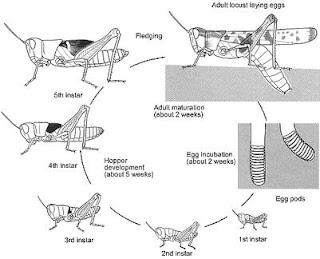
Plagues of locusts have devastated societies since the Pharaohs led ancient Egypt, and they still wreak havoc today.
List of locust species/Types of locusts
Australian plague locust Chortoicetes terminifera - Australia
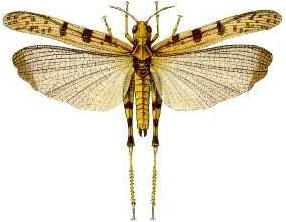
South American locust Schistocerca cancellata - South America
Central American locust Schistocerca piceifrons - Central America
Italian locust Calliptamus italicus - semi-deserts and steppes from Morocco and central Europe to Central Asia
Migratory locust Locusta migratoria - Asia, Africa and eastern Europe
Moroccan locust Dociostaurus maroccanus - semi-deserts and steppes from Morocco through North Africa and the Middle East to Central Asia
Brown locust Locustana pardalina - Southern Africa
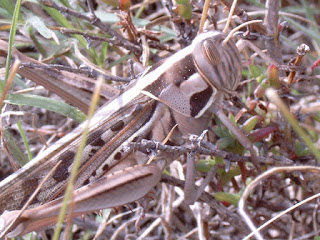
Desert locust Schistocerca gregaria - deserts from West and North Africa to western India

And this Desert locusts are actually main culprit behind locust attack in india 2020.
This is the second round of locust attack in India after the December-February period . Scientists said that this is happening due to number of cyclones in the Indian ocean that hit a sandy area in the Arabian peninsula, which created breeding conditions for the locusts.
also read:DON'T shop with Combo Offer. See how Government make us FOOL
Locusts attacks in India usually last till November but this year the swarms stayed till February which scientists believe was due to the climate crisis. Last year’s monsoon was delayed, which began six weeks in mid june in western India and lasted till November, produced natural vegetation for locusts to feed on and created ideal breeding conditions
The desert locust is one of the 12 species of short-horned grasshoppers. Locusts swarms can travel up to 130 km in a day and each locust can consume about two grams of fresh vegetation i.e. equivalent to its own weight. A typical locust swarm can vary from less than one square kilometre to several hundred square kilometres.
What are the economic consequences of locust attacks?
are locusts dangerous
Locusts can destroy standing crops and devastate livelihoods of people in the agricultural supply chain. Locust attacks could pose a threat to food security, the
Food and Agricultural Organization has warned. According to FAO, a one square kilometre swarm of locusts, with about 40 million locusts, can in a day eat as much food as 35,000 people, assuming that each individual consumes 2.3 kg of food per day. upto feb from november it is repoted damaging crop on at least 670,000 hectares across 12 districts, according to the agriculture department. The state put the loss due to the invasion to about Rs 1,000 crore. If this will not stop so it can go upto Delhi then spread over all over India.
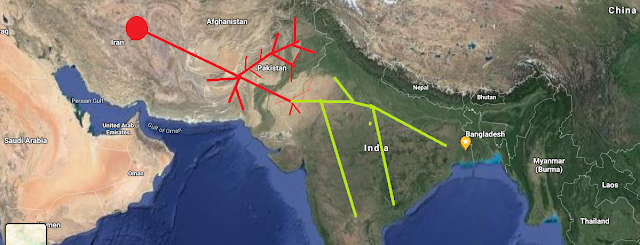
red line = already came,
green line=prediction to travel.
Experts have advised to controlled this problem, otherwise the standing Moong cereal crop worth around Rs 8,000 crore in Madhya Pradesh could be destroyed.
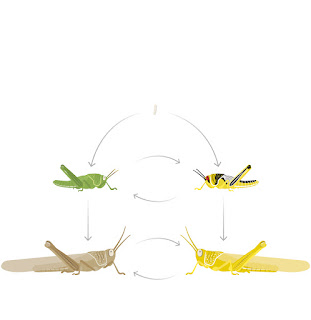
They added that if the insects are not controlled and travel to long distances, cotton and chilly crops worth several thousand crores of rupees could also be damaged. The pests may damage the nurseries of fruits and vegetables also.
also read :Future of IT companies In india after Covid-19
What to do by Farmers & local people to
prevent them from coming?
The state agriculture department has issued an advisory to the farmers in villages of the affected districts to keep continuous vigil over the desert locusts. They have been asked to keep the insects at bay by using loud sounds through drums, banging of utensils and shouting.

0 comments:
Post a Comment